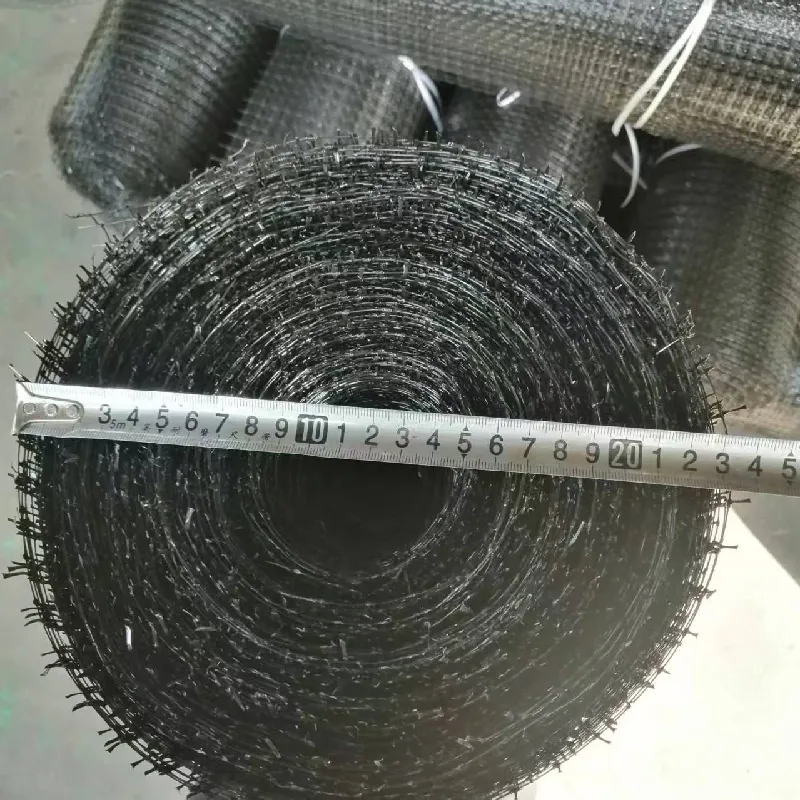-
 Afrikaans
Afrikaans -
 Albanian
Albanian -
 Amharic
Amharic -
 Arabic
Arabic -
 Armenian
Armenian -
 Azerbaijani
Azerbaijani -
 Basque
Basque -
 Belarusian
Belarusian -
 Bengali
Bengali -
 Bosnian
Bosnian -
 Bulgarian
Bulgarian -
 Catalan
Catalan -
 Cebuano
Cebuano -
 China
China -
 Corsican
Corsican -
 Croatian
Croatian -
 Czech
Czech -
 Danish
Danish -
 Dutch
Dutch -
 English
English -
 Esperanto
Esperanto -
 Estonian
Estonian -
 Finnish
Finnish -
 French
French -
 Frisian
Frisian -
 Galician
Galician -
 Georgian
Georgian -
 German
German -
 Greek
Greek -
 Gujarati
Gujarati -
 Haitian Creole
Haitian Creole -
 hausa
hausa -
 hawaiian
hawaiian -
 Hebrew
Hebrew -
 Hindi
Hindi -
 Miao
Miao -
 Hungarian
Hungarian -
 Icelandic
Icelandic -
 igbo
igbo -
 Indonesian
Indonesian -
 irish
irish -
 Italian
Italian -
 Japanese
Japanese -
 Javanese
Javanese -
 Kannada
Kannada -
 kazakh
kazakh -
 Khmer
Khmer -
 Rwandese
Rwandese -
 Korean
Korean -
 Kurdish
Kurdish -
 Kyrgyz
Kyrgyz -
 Lao
Lao -
 Latin
Latin -
 Latvian
Latvian -
 Lithuanian
Lithuanian -
 Luxembourgish
Luxembourgish -
 Macedonian
Macedonian -
 Malgashi
Malgashi -
 Malay
Malay -
 Malayalam
Malayalam -
 Maltese
Maltese -
 Maori
Maori -
 Marathi
Marathi -
 Mongolian
Mongolian -
 Myanmar
Myanmar -
 Nepali
Nepali -
 Norwegian
Norwegian -
 Norwegian
Norwegian -
 Occitan
Occitan -
 Pashto
Pashto -
 Persian
Persian -
 Polish
Polish -
 Portuguese
Portuguese -
 Punjabi
Punjabi -
 Romanian
Romanian -
 Russian
Russian -
 Samoan
Samoan -
 Scottish Gaelic
Scottish Gaelic -
 Serbian
Serbian -
 Sesotho
Sesotho -
 Shona
Shona -
 Sindhi
Sindhi -
 Sinhala
Sinhala -
 Slovak
Slovak -
 Slovenian
Slovenian -
 Somali
Somali -
 Spanish
Spanish -
 Sundanese
Sundanese -
 Swahili
Swahili -
 Swedish
Swedish -
 Tagalog
Tagalog -
 Tajik
Tajik -
 Tamil
Tamil -
 Tatar
Tatar -
 Telugu
Telugu -
 Thai
Thai -
 Turkish
Turkish -
 Turkmen
Turkmen -
 Ukrainian
Ukrainian -
 Urdu
Urdu -
 Uighur
Uighur -
 Uzbek
Uzbek -
 Vietnamese
Vietnamese -
 Welsh
Welsh -
 Bantu
Bantu -
 Yiddish
Yiddish -
 Yoruba
Yoruba -
 Zulu
Zulu
Durable Stainless Steel Mesh for Heavy-Duty Applications in Various Industries
Understanding Heavy Gauge Stainless Steel Mesh Applications, Benefits, and More
In the modern industrial landscape, the demand for durable, flexible, and high-quality materials remains ever-increasing. One such material that has gained significant attention is heavy gauge stainless steel mesh. This versatile product, engineered for a range of applications, offers unique properties that make it invaluable across various sectors, from construction and agriculture to manufacturing and security.
Heavy gauge stainless steel mesh is composed of thick wires woven tightly together, providing exceptional strength and sturdiness. Unlike lighter alternatives, heavy gauge mesh boasts greater resistance to wear and tear, making it suitable for heavy-duty applications. The use of high-quality stainless steel in its composition ensures that the mesh can withstand harsh environmental conditions, including extreme temperatures, moisture, and corrosive elements. This durability is one of the primary reasons industries prefer stainless steel mesh over other materials.
One of the standout features of heavy gauge stainless steel mesh is its versatility. It can be used in various applications, such as filtration systems, architectural design, security fencing, and even in the food and beverage industry. For instance, in the filtration realm, stainless steel mesh is employed to separate solids from liquids, thanks to its precise mesh openings that can be tailored to specific requirements. This characteristic makes it a vital component in industries like pharmaceuticals and food processing, where hygiene and precision are paramount.
In architecture, heavy gauge stainless steel mesh has become a popular choice for building facades and architectural screens. Its aesthetic appeal combined with its strength allows architects and designers to create striking structures with essential functional benefits. The mesh can be customized in terms of pattern, size, and finish, offering an elegant touch while serving as a protective barrier against external elements.
heavy gauge stainless steel mesh

When it comes to security, heavy gauge stainless steel mesh is often utilized for constructing fencing and enclosures. Its robust nature ensures that it can withstand significant force, deterring potential intrusions. Applications in this domain are prevalent in various settings, including industrial facilities, commercial properties, and even residential areas. Moreover, its corrosion-resistant properties make it ideal for outdoor use, ensuring that it maintains structural integrity over time.
Safety is another critical aspect where heavy gauge stainless steel mesh shines. In industrial environments, it can be utilized to create protective barriers around hazardous areas or machinery, reducing the risk of accidents and injuries. Additionally, its non-toxic properties make it suitable for applications in the food industry, where safety standards must be strictly adhered to.
Economically, investing in heavy gauge stainless steel mesh can be a smart decision. While the initial cost may be higher than lighter or alternative materials, the longevity and durability of stainless steel lead to reduced replacement and maintenance costs over time. With its resistance to rust and corrosion, it also minimizes the need for frequent repairs, making it a cost-effective solution in the long run.
In conclusion, heavy gauge stainless steel mesh exemplifies a perfect blend of strength, versatility, and long-lasting performance. Its wide array of applications and benefits makes it an essential material in many industries. Whether utilized for construction, filtration, security, or architectural purposes, heavy gauge stainless steel mesh stands out as a reliable choice that meets modern demands. With its continued evolution and adaptation to various needs, it is poised to remain a fundamental component in the development of innovative solutions across the globe. As industries continue to strive for efficiency and sustainability, heavy gauge stainless steel mesh will undoubtedly play a critical role in shaping the future of material science and engineering.
-
Why Construction Steel Mesh is the Backbone of Modern InfrastructureNewsJun.27,2025
-
The Ultimate Solution for Versatile Industrial and Consumer ApplicationsNewsJun.27,2025
-
Smart Breeding Starts Here: The Ideal Breeder Net for GuppiesNewsJun.27,2025
-
Maximize Your Harvest with Smart NetNewsJun.27,2025
-
High-Performance Steel Mesh Solutions for Modern IndustryNewsJun.27,2025
-
Durable Solutions for Modern Agriculture and LandscapingNewsJun.27,2025











